Doing More with Less
How More Feedback & Less Stress Is Possible in an ELA Classroom
July 20, 2021
More than once, I’ve questioned my role in the profession I love on account of essays. They suppress my ability to relax, a constant weight hanging over my head that I can never seem to escape. While I haven’t reduced my essay load over the years, I have encountered strategies that allow me to do more with less – less stress and less time away from my family.
STRATEGY 1: Student Reflection on the Rough Draft for Targeted Response
This is probably one of my most-used strategies. Prior to submitting their rough drafts, students submit a quick reflection by answering four questions:
- What is something you did well?
- What is something on which you would like feedback from me?
- Where is an area where you learned BY writing?
- How would you like to receive your feedback (written, computer, or recorded)?
Question #1 allows me to see they are beginning to recognize qualities of good writing. I also think it is important for students to recognize they are capable of writing well in order to build off their strengths in the future.
Their response in #2 to guides my feedback for their essay. This narrows my response to one or two aspects, which reduces time while helping students with what they actually want and need.
For Question #3, I want to show students that writing is about the process. Often, I discover unknown feelings and ideas by simply writing, and I enjoy seeing where the writing took them.
Question #4 is rather straight-forward, but it is an effective way to give students choice and show that I respect their ability to learn in a way that best suits their needs.
STRATEGY 2: Mini-Conference (guided by highlighting)
This strategy I learned from a colleague at the ICTE Annual Convention, and it is another strategy I try to implement often during the draft stage. The premise is simple: have students highlight one aspect of their paper in which they need some help. I then make my way around the room and help students with their highlighted section.
Because they’ve highlighted only one area, it is fairly simple (and quick) to walk around the room and provide specific feedback. It also ensures I spread my time out and help all students, not just those who are comfortable asking for help out loud.
STRATEGY 3: Voice Recorded Response
One of the most difficult aspects of providing written comments is the absence of tone and inflection. This issue can be solved by using voice recording software to respond to student essays.
Some online platforms (such as Canvas) have voice recording built into their response options, but this can also be used on Google Docs. One app is Kaizena. The free version only allows for thirty-second recordings; however, up to ten-minute recordings can be purchased using Kaizena Progress.
Depending on the frequency of use, the ten-minute time limit is useful in keeping me on track. I’ve then used voice recordings in two ways: 1) Reading the student’s essay out loud making comments as I go (and I read them exactly as they are written to help students hear their errors); and 2) Using voice recording to comment on main points after reading the essay.
STRATEGY #4: PQP Matching Response
Many teachers have heard of the PQP Response technique: find something to praise, ask a question, then offer a suggestion for polish. While this is an easy strategy to get students feedback quickly, presenting it in a different format can make students think deeper about their essay and the feedback.
- Start by breaking students into small groups. Often, I choose the groups to put specific students together.
- Then hand back the feedback without names. The feedback might look something like this:
Praise: You have a strong introduction. Your hook gets my attention right from the start by building suspense, making me want to keep reading, and you transition well into a clear thesis.
Question: In your second paragraph, you begin to talk about why you hold the belief that you do. Were there any other experiences in your past that you can add to this section to strengthen your reasoning?
Polish: I noticed a few areas in need of a comma. Try reading through your paper out loud. If you pause naturally while speaking, you likely need to insert some kind of punctuation.
- In their small groups, they then read each other’s essays in order to match the feedback with the essay.
- Once they find their correct feedback, they can begin revising their work.
I like this method for a few reasons. Firstly, it gives students a chance to read their peers’ essays, providing them with models. Secondly, students engage in discussions about the essays to help align the feedback. It requires them to think about their work – and the work of their peers – more complexly. They then can work together to ask questions and come up with possible solutions.
I by no means have it all figured out, but I now have a pocketful of strategies and the confidence to make changes as necessary to help the individual students who walk through my door each day. I’ve reduced my response time while improving the quality of my responses, and my students (and my sanity) are the better for it.

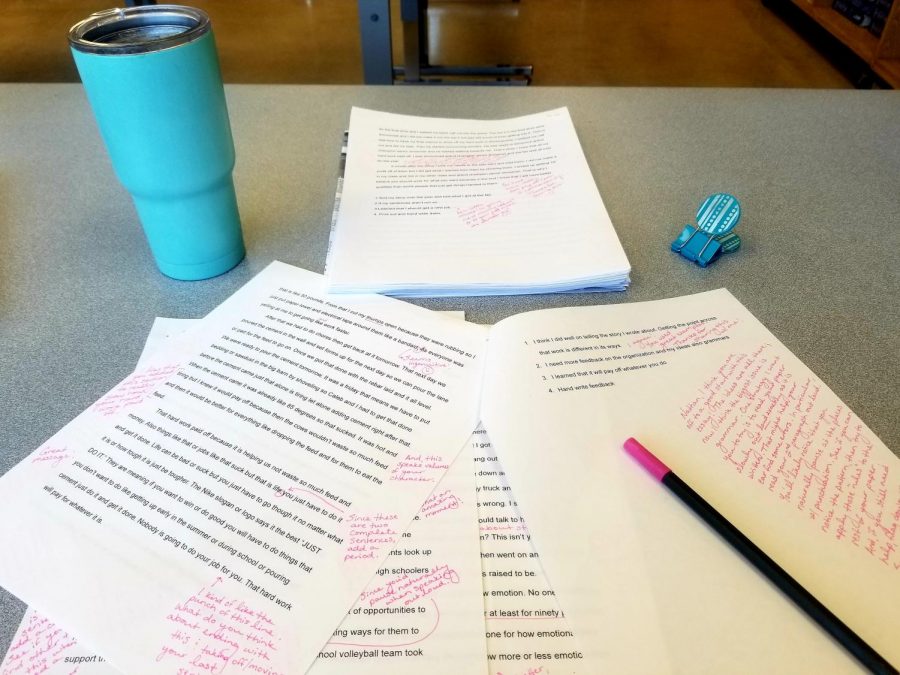



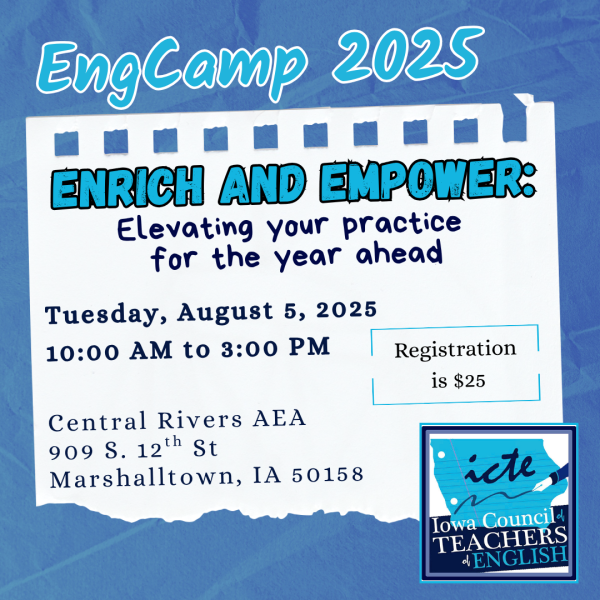
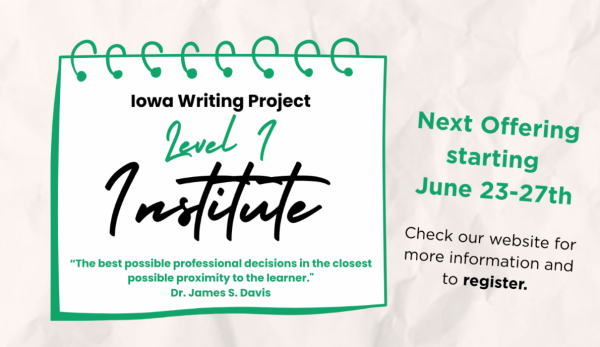
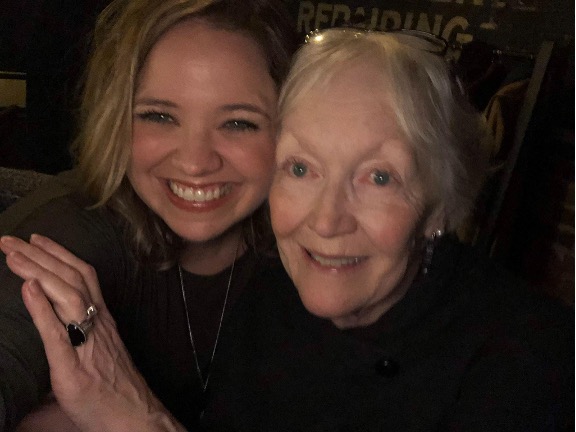
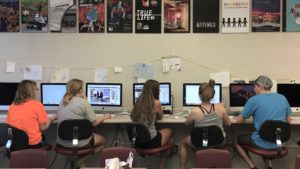

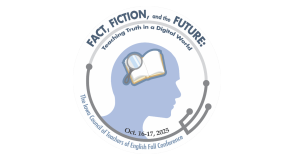

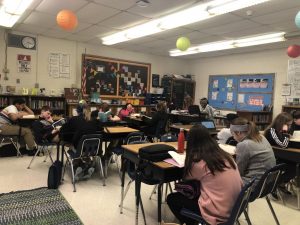
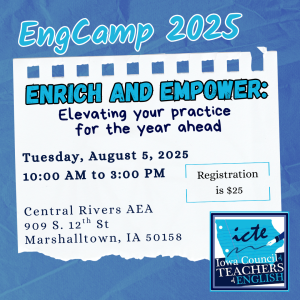
Kim Van Es • Jul 21, 2021 at 12:07 pm
Clearly Deneen is someone who cares deeply about her students . . . and her own well-being. Her suggestions for handling feedback are fantastic.